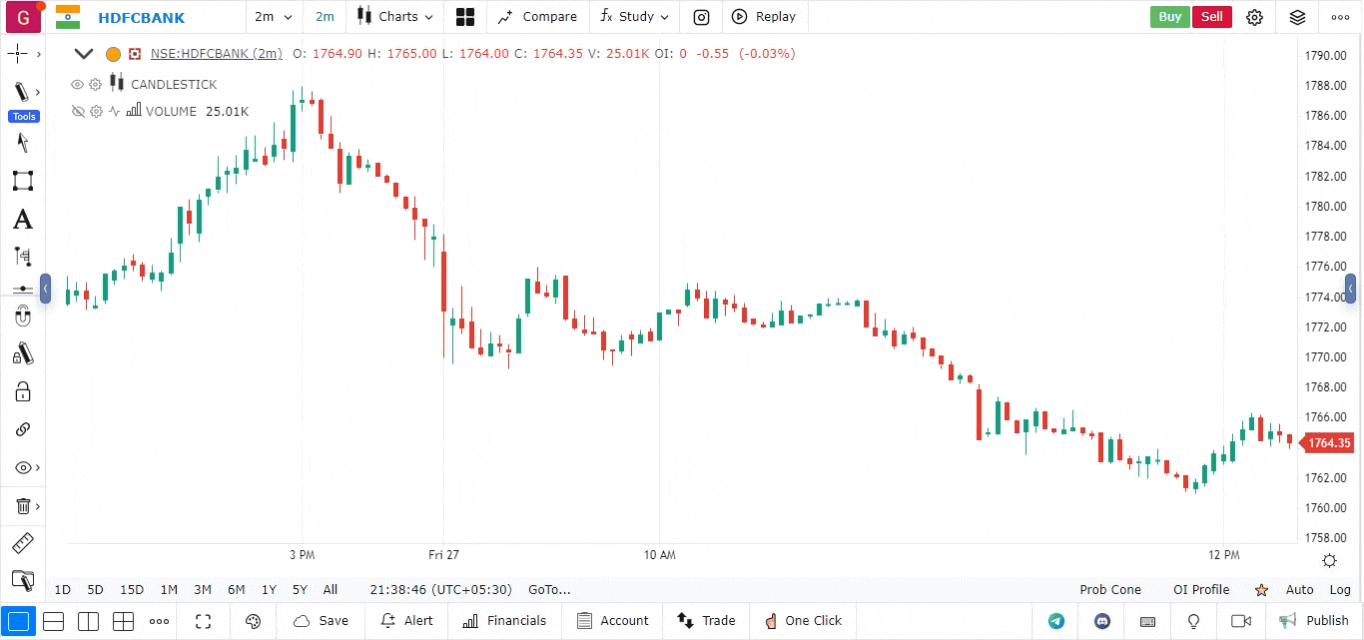Negative Volume Index (NVI) Indicator
The Negative Volume Index (NVI) is a technical indicator used to analyze the strength of a trend based on volume changes. It helps traders identify the market’s behavior when the volume decreases, which can provide insights into potential trend reversals or continuations. The NVI is particularly useful for long-term investors looking to gauge market sentiment.
Overview of Negative Volume Index Indicator
The NVI focuses on days where the volume is lower than the previous day. It operates on the assumption that informed investors typically make their moves when volume is low, suggesting that price changes during these periods can signal significant market shifts.
Key Features of Negative Volume Index Indicator
- Volume Analysis: The NVI is unique in that it only considers days when the volume is lower than the previous day’s volume. This focus allows it to capture trends that might not be evident through price analysis alone.
- Trend Confirmation: The NVI is often used to confirm bullish or bearish trends. A rising NVI indicates that the trend is likely to continue, while a declining NVI may suggest a weakening trend.
- Divergence Signals: Traders can use divergence between price movement and the NVI to identify potential reversals. For instance, if the price is making new highs but the NVI is not, this may signal a weakening bullish trend.
How to Use Negative Volume Index Indicator
- Open the platform:
- Log in to your account.
- Load the chart for the asset you wish to analyze.
- Select the Timeframe:
- Choose an appropriate timeframe for your analysis, such as daily or weekly charts, depending on your trading strategy.
- Add the Negative Volume Index Indicator:
- Navigate to the Indicators section in the platform interface.
- Search for Negative Volume Index.
- Click to add the indicator to your chart, which will typically appear as a line graph below the price chart.

- Interpret the Indicator:
- The NVI is displayed as a line that fluctuates above or below a baseline (often set at 100).
- A rising NVI indicates that the trend is gaining strength, while a declining NVI suggests potential weakness.
- Make Trading Decisions:
- Trend Confirmation: When the NVI rises, it confirms the bullish trend; when it declines, it may indicate a bearish trend. Traders can consider entering positions based on these signals.
- Divergence Signals: Look for divergences between the NVI and price action. For example, if the price makes a new high but the NVI fails to follow, it may indicate that the bullish momentum is weakening.